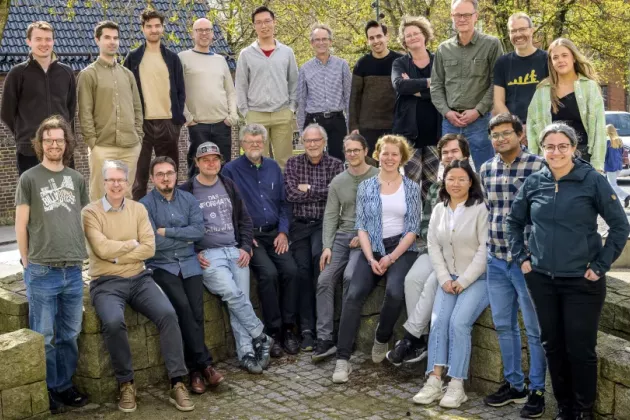This type of project requires a commitment to the research problems with a focus on the end result, that you familiarize yourself with experiments and data together with your partners and adapt or develop computational tools for the given problem. This way one can go beyond what can be done with ready-made simulation packages or standard statistical tools," says Tobias Ambjörnsson.
COSHE works with machine learning, statistical learning methods, physical system modeling and quantum computing. The research groups behind COSHE already have participated in interdisciplinary collaborations with researchers in medicine and health, biology, chemistry and physics. The new initiative also opens the door to collaborations in the fields of the environment and climate.
“Advances in science are increasingly dependent on computational methods. Modern measurement techniques generate large amounts of data that require sophisticated processing and analysis. That's where we come in. With COSHE, we want to increase the visibility of our previous research and at the same time open up for new potential collaborations," says Tobias Ambjörnsson, theoretical biophysicist and one of the initiators of COSHE.
He compares the group's activities to yeast that is added to the "scientist's dough" and makes the research rise to a new level.
"With the rapid development in the field of computing that we see today, we believe that we have a lot to offer through collaboration with other environments at the university. At the same time, it will be a fresh start for us," says Anders Irbäck, Director of COSHE.
COSHE currently works closely with colleagues who conduct microbiology experiments, for example to understand cancer, immune response or how proteins clump together in different types of diseases.
The research is conducted in various interdisciplinary constellations, mainly in collaboration with scientific and medical research groups at both Lund and other Swedish universities and at universities abroad. Cooperation across disciplinary boundaries is central.
“This type of project requires a commitment to the research problems with a focus on the end result, that you familiarize yourself with experiments and data together with your partners and adapt or develop computational tools for the given problem. This way one can go beyond what can be done with ready-made simulation packages or standard statistical tools," says Tobias Ambjörnsson.
Those who want to know more about COSHE or are interested in collaboration can read more and find contact details on the website: Computational Science for Health and Environment | Centre for Environmental and Climate Science (CEC) (lu.se)


